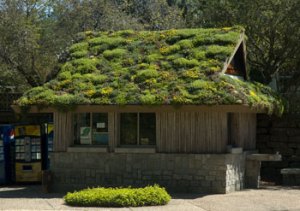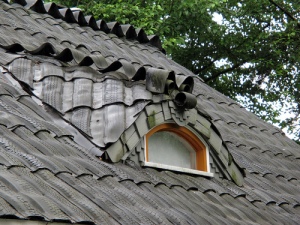San Francisco is an innovative city. The oldest “big” city on the west coast in also in many ways the most sophisticated. The city and its governing bodies always seems to be in the forefront of new movements. Remember Hippies in Haight Ashbury, Gay Rights and now eco-friendly living.
San Francisco Mayor Ed Lee said recently at a gathering for solar enthusiasts in San Francisco that he believes the city can be functioning on all renewable energy in nine years. Nearly 800 people attended the event and paid $100 each as part of a fundraiser for the Vote Solar Initiative, which is a grassroots solar advocacy project backed by the Tides Center. They have about 50,000 members nationwide. They work at the policy level with legislators to make solar power more affordable to businesses and consumers. San Francisco currently generates about eighteen megawatts of electricity from solar power. The city offers various incentives for adding new solar installations, both for consumers and businesses.
Former Mayor Gavin Newsom said of their program: “GoSolarSF has more than doubled the number of solar installations in our City and created dozens of jobs. This program is literally transforming how our homes and businesses generate and consume electricity rooftop by rooftop.” (Source: getsolar.com)
Actually, it was Newsom who first put forth the goal of 100 percent renewable energy in San Francisco by 2020. One source said that in 2006, San Francisco was only at about 12 percent renewable energy, and that rate put them easily in the top ten U.S. cities for clean energy. Currently San Francisco receives a significant amount of its electricity from the Hetch Hetchy hydroelectric powerplant. It was recently reported that the city had failed to find a competitor to their main supplier, Pacific Gas and Electricity, who can deliver power from 51 percent renewable sources.
Some say the 100 percent renewable goal by 2020 is not feasible, but the director of the city’s Environment Department said the city had actually exceeded their very ambitious recycling goal of 75 percent diversion from the waste stream, so a very aggressive energy goal might be beneficial.
Take note other cities the sooner you convert to renewable energy the better it’ll be for all of us.
Image Credit: photo via flickr
Read more: http://www.care2.com/greenliving/san-francisco-100-renewable-energy-by-2020.html#ixzz1HpjrjVIt



